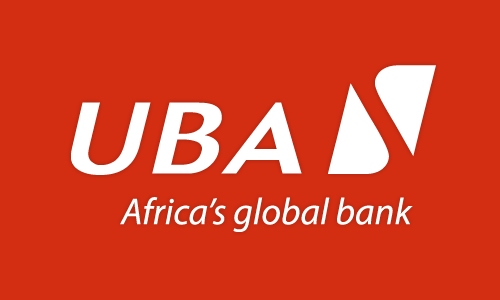Retirement Funds: A Comprehensive Guide
Planning for retirement involves building a strong financial foundation, and retirement funds play a vital role in securing a comfortable future.
In this blog post, we’ll explore different types of retirement funds, their benefits, and provide answers to frequently asked questions (FAQs).
By understanding retirement funds and how they work, you can make informed decisions to safeguard your financial well-being during retirement.
Types of Retirement Funds
1. 401(k) Plans: Employer-sponsored retirement plans that allow employees to contribute a portion of their salary, often with an employer match. These plans offer tax advantages and potential investment growth over time.
2. Individual Retirement Accounts (IRAs): Personal retirement accounts that individuals can open and contribute to, providing tax advantages and various investment options. There are traditional IRAs and Roth IRAs, each with its own rules and benefits.
3. Pension Plans: Employer-provided retirement plans that offer a fixed income during retirement based on factors such as salary, years of service, and a formula determined by the plan. Pensions provide a steady stream of income for retirees.
4. Annuities: Insurance products that provide guaranteed income during retirement. Annuities can be purchased from insurance companies, offering options for fixed or variable payments.
5. Social Security: A government program that provides retirement benefits based on your work history. Social Security offers a monthly income to eligible individuals, serving as a foundation for retirement income.
Retirement Funds FAQs and Answers
Q1: What is the ideal age to start contributing to a retirement fund?
A1: The earlier, the better. It’s advisable to start contributing to a retirement fund as soon as you begin working to maximize the benefits of compounding interest.
Q2: How much should I contribute to my retirement fund?
A2: A general guideline is to save 10-15% of your income for retirement. However, the ideal contribution amount depends on your financial situation and retirement goals.
Q3: What is the difference between a traditional IRA and a Roth IRA?
A3: A traditional IRA offers tax-deferred contributions, while Roth IRA contributions are made with after-tax dollars. Withdrawals from traditional IRAs are generally taxed, while qualified withdrawals from Roth IRAs are tax-free.
Q4: Can I contribute to both a 401(k) and an IRA?
A4: Yes, you can contribute to both a 401(k) and an IRA, as long as you meet the eligibility criteria and contribution limits for each account.
Q5: What happens if I withdraw money from my retirement fund before retirement age?
A5: Withdrawing money from a retirement fund before retirement age may result in penalties and taxes, except for specific circumstances, such as hardship withdrawals or qualified first-time homebuyer expenses.
Q6: How can I manage investment risk in my retirement fund?
A6: Diversification is key to managing investment risk. Spread your investments across different asset classes, such as stocks, bonds, and cash equivalents, based on your risk tolerance and long-term goals.
Q7: Can I rollover my retirement funds when changing jobs?
A7: Yes, you can roll over your retirement funds from a previous employer’s plan, such as a 401(k), into a new employer’s plan or an IRA to maintain the tax advantages and consolidate your retirement savings.
Q8: How does Social Security work, and when can I start receiving benefits?
A8: Social Security benefits are based on your work history and the age at which you choose to start receiving benefits. You can start receiving reduced benefits as early as age 62, or wait until full retirement age for the maximum benefit.
Conclusion
Retirement funds play a crucial role in securing a financially stable future. By understanding the various types of retirement funds and answering common FAQs, you can make informed decisions and take proactive steps towards building a comfortable retirement.




